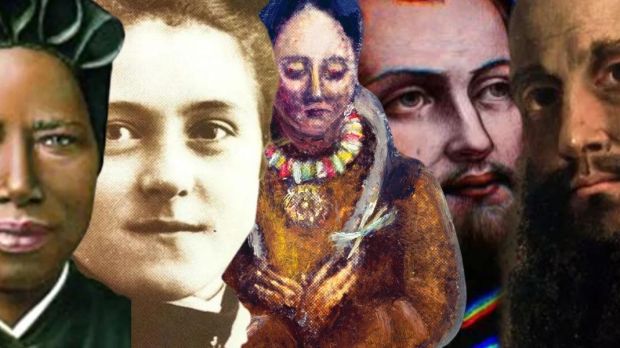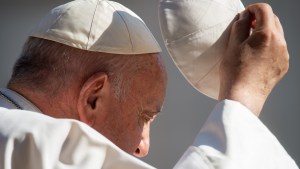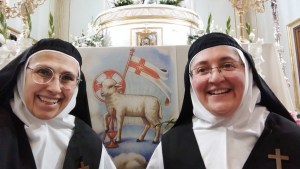During his 2023 series of catecheses on “A passion for evangelization,” Pope Francis has dedicated each Wednesday general audience to a saint who exemplifies this passion. Who are they, and how can they inspire us? Here’s a look at 12 of the men and women he has cited who gave their lives to Christ and to evangelization.
1
ST. PAUL – APOSTOLIC ZEAL
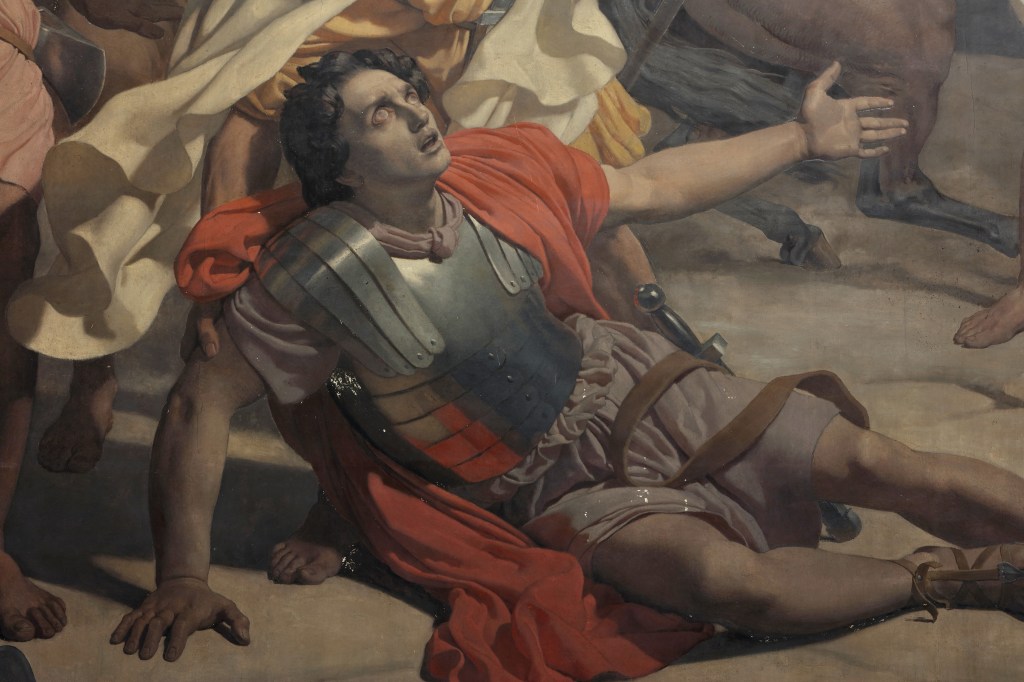
Saul — the original name of St. Paul of Tarsus — was persecuting Christians. Then one day, on the road to Damascus, he saw a great light and heard the voice of Jesus Christ asking him: “Saul, Saul, why do you persecute me?” (Acts 9:4). From that moment on, he was converted, and his zeal against Christians was transformed into zeal for Christ.
“What changed him was not a simple idea or conviction: it was the encounter with the Risen Lord,” Pope Francis stressed. He went on to ask the faithful: “Have you encountered Jesus, have you spoken with Jesus? […] When Jesus enters your life, as he entered Paul’s, Jesus enters and changes everything […] The same change happened to all the saints, who went forward when they found Jesus.”
2
ST. GREGORY OF NAREK – THE POWER OF INTERCESSION
St. Gregory, an Armenian monk, spent most of his life at the monastery of Narek. He was a contemplative, mystical poet who wrote many works, including a famous commentary on the Song of Songs. His fame extended beyond the walls of his monastery: he was known in particular for his powerful intercession on behalf of others.
“We might ask ourselves: how can people living in monasteries help the proclamation of the Gospel? […] In reality, monks are the beating heart of the proclamation. Their prayer is oxygen of all the members of the Body of Christ, their prayer is the invisible force that sustains the mission,” the Holy Father reminded us.
3
ST. FRANCIS XAVIER – MISSIONARY ZEAL
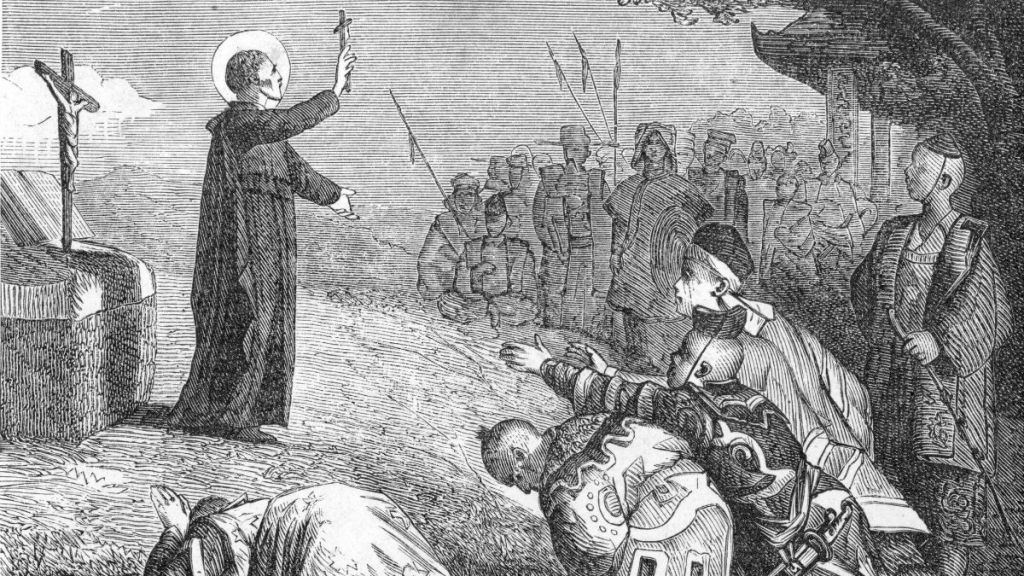
Originally from Spain, St. Francis Xavier is considered one of the greatest missionaries of modern times. As a young man, he studied in Paris, where he met Ignatius of Loyola. Thanks to him, he underwent a profound conversion. He gave up his worldly life, became a priest and co-founded the Society of Jesus. In the course of his life, he went as a missionary to India and Japan. He was driven by a burning desire to make Jesus and his Gospel known to the ends of the earth. He dreamed of going to China, but died on the doorstep.
“Leaving one’s homeland to preach the Gospel is a wonderful thing,” said Pope Francis. “This is apostolic zeal, and we need to cultivate it a great deal. By looking at the faces of these men and women, we can learn this.”
4
ST. ANDREW KIM – COURAGE
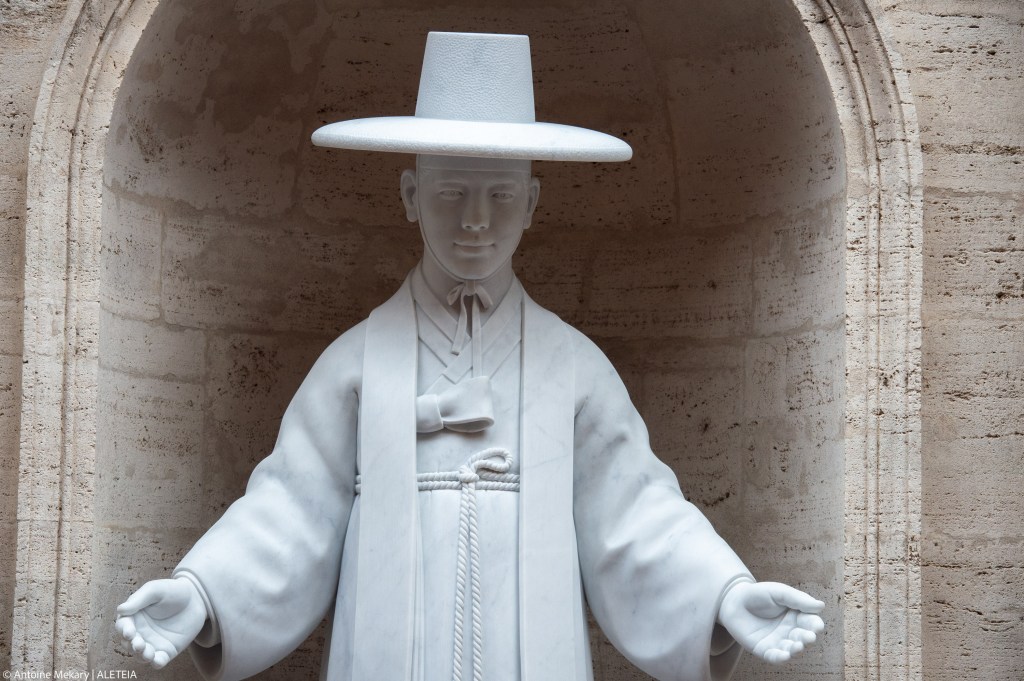
St. Andrew Kim, the first Catholic priest from Korea, lived at a time when his country was the scene of harsh persecution against the Christian faith. “At that time, believing in Jesus Christ in Korea meant being ready to bear witness unto death,” said the Pope. In the course of his life, Andrew Kim evangelized and converted many Koreans, and was faithful to Christ to the point of martyrdom.
“No matter how difficult the situation may be — and indeed, at times it may seem to leave no room for the Gospel message — we must not give up and we must not forsake pursuing what is essential in our Christian life: namely, evangelization,” the pontiff invited.
5
VENERABLE MATTEO RICCI – THE MEANING OF FRIENDSHIP
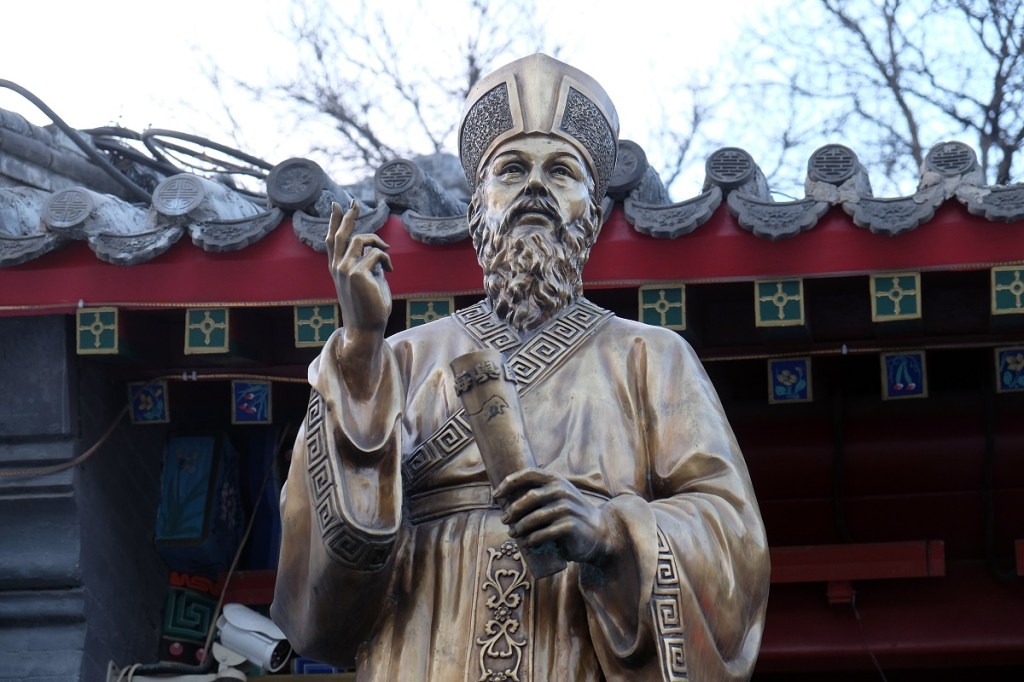
Italian Matteo Ricci joined the Society of Jesus, enthralled by the stories of the missionaries. His dream was to evangelize China. After St. Francis Xavier’s attempt, 25 other Jesuits had tried in vain to enter the country. However, Matteo Ricci prepared himself by meticulously studying the Chinese language and customs and succeeded in establishing himself there. His method was that of dialogue and friendship with all.
“He always followed the way of dialogue and friendship with all the people he encountered, and this opened many doors to him for the proclamation of the Christian faith,” explained the Pope. “He studied their classical texts in depth, so that he could present Christianity in positive dialogue with their Confucian wisdom and with the customs and traditions of Chinese society. […] This missionary was able to ‘inculturate’ the Christian faith through dialogue.”
6
ST. THÉRÈSE OF THE CHILD JESUS – LOVE
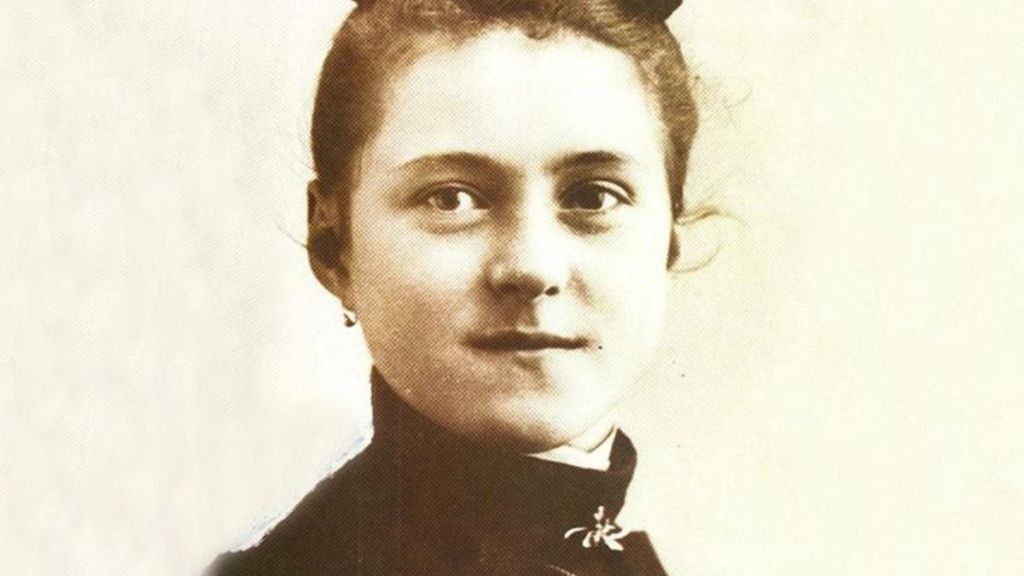
Pope Francis starts his profile of St. Thérèse saying, “She is patroness of the missions, but she never went on mission.” She was a Carmelite nun, and in her hidden life, “her heart was vibrant, it was missionary.” She showed that we can also be missionaries by making Jesus known and loved through prayer, intercession and witness.
“Thérèse was a ‘spiritual sister’ to several missionaries. She accompanied them from her monastery with her letters, with her prayer, and by offering continuous sacrifices for them,” explained the pontiff. “Missionaries, in fact […] are not only those who travel long distances, learn new languages, do good works, and are good at proclamation; no, a missionary is also anyone who lives as an instrument of God’s love where they are.”
7
ST. MARY MACKILLOP – EDUCATION
Australia’s first Catholic saint, Mary Mackillop was a nun who founded the Congregation of the Sisters of St. Joseph of the Sacred Heart (the Josephites). During her lifetime, she founded numerous schools and dedicated herself to educating the poor in rural Australia.
“Catholic education is a form of evangelization. It’s an excellent form of evangelization,” said the Holy Father. “Education is not about filling your head with ideas: no, it’s not just about that. […] It’s about accompanying and encouraging students along the path of human and spiritual growth, showing them how friendship with the Risen Jesus espands the heart and makes life more humane.”
8
ST. JUAN DIEGO – SIMPLICITY
Juan Diego was the messenger of Our Lady of Guadalupe. In 1531, the Virgin Mary appeared to him and asked him to build a church. Since the bishop didn’t believe him, he asked for a sign.
As proof, the Virgin asked Juan Diego to bring roses to the bishop (this alone being a sign, because it was winter). On the fabric of the cloak (“tilma”) in which he had wrapped the roses, an image of the Virgin Mary miraculously appeared. A shrine was then built, and St. Juan Diego dedicated himself to its service, welcoming and evangelizing pilgrims.
“He was a simple man [….] God, who loves to perform miracles through the ‘little ones’, had rested his gaze on him,” the Pope said. “And the Gospel is communicated, as Mary shows, in simplicity: Our Lady always chooses those who are simple, on the hill of Tepeyac in Mexico, as at Lourdes and Fatima.”
9
ST. KATERI TEKAKWITHA – APPEALING HOLINESS
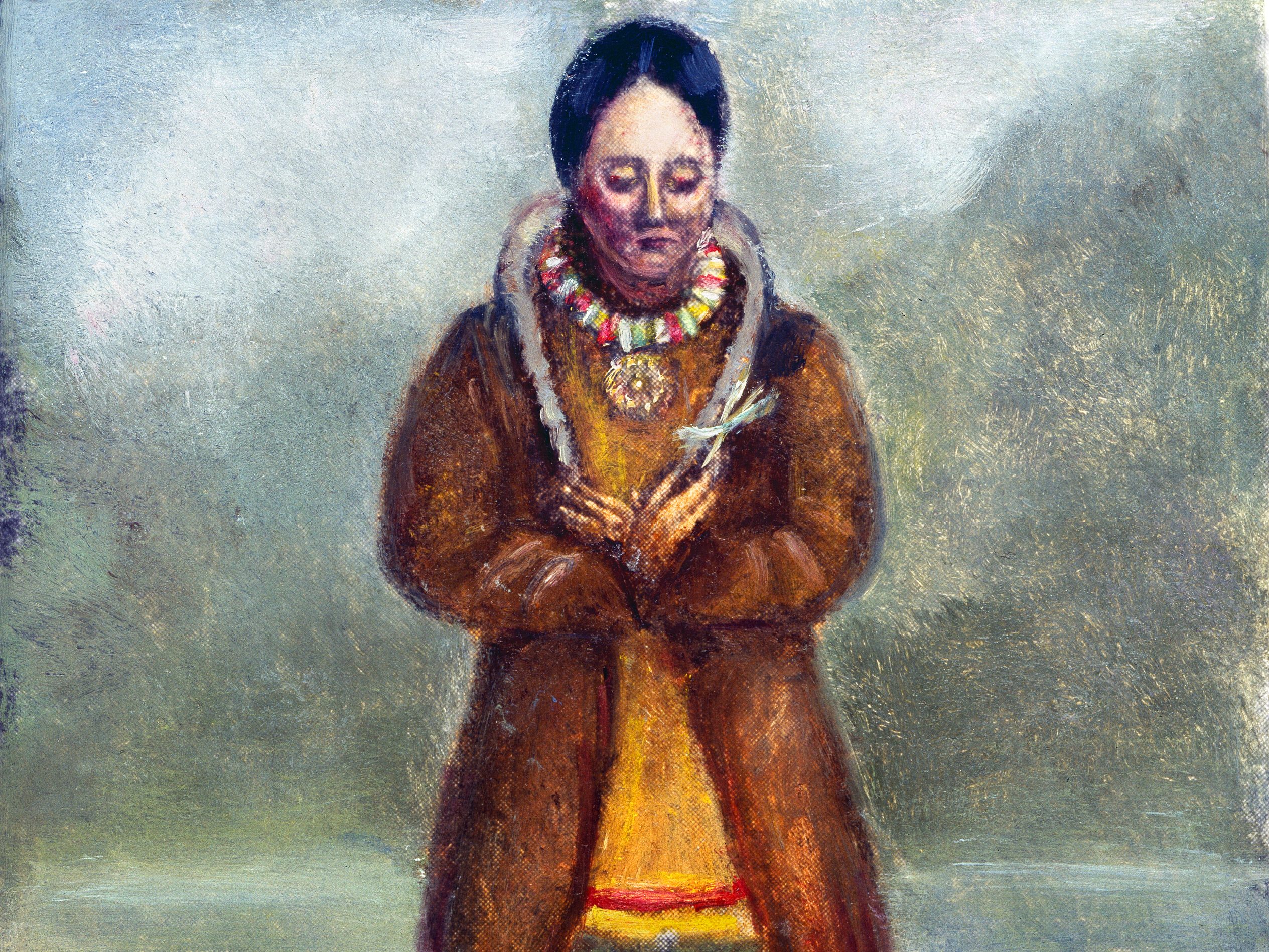
Born in Ossernenon (in present-day New York State), Kateri Tekakwitha was North America’s first native saint. Orphaned at the age of four, she became a Christian thanks to Jesuit missionaries, and moved to the St. Francis Xavier mission, where she led a life of intense prayer that impressed all the mission members.
They recognized in Kateri “a holiness that was appealing because it stemmed from her deep love for God. This is proper to holiness: to attract,” Pope Francis explained. “Kateri’s life is further proof that apostolic zeal implies both union with Jesus, nourished by prayer and the sacraments, and the desire to spread the beauty of the Christian message through fidelity to one’s particular vocation.”
10
BLESSED JOSÉ GREGORIO HERNANDEZ CISNEROS – A SENSE OF SERVICE
Blessed José Gregorio was a Venezuelan doctor with a passion for proclaiming the Gospel. He was so close to those most in need that he was called “the doctor of the poor.” The pope explained that José Gregorio was “driven by an inner fire, a desire to live in the service of God and neighbor.” He tried several times to become a priest, but health problems prevented him from doing so. Thus he became a doctor who was even more sensitive to the needs of others.
“This is apostolic zeal: it does not follow one’s own aspirations, but openness to God’s designs,” said the Holy Father. José Gregorio “understood that, through caring for the sick, he would put God’s will into practice, comforting the suffering, giving hope to the poor, witnessing to the faith not in words but by example.”
11
ST. DANIEL COMBONI – AUDACITY
This Italian became the first bishop of Central Africa and one of the most important Catholic missionaries in Africa. He freed many Black slaves who were victims of the Arab slave trade, and fought unceasingly against slavery. He understood that the Lord was inspiring him to evangelize in a new way. He wanted to “Save Africa with Africa” and set up numerous mission stations manned by Africans themselves.
“It was a powerful insight that helped renew his missionary outreach: the people who had been evangelized were not only ‘objects,’ but ‘subjects’ of mission,” explained the Pope. “St. Daniel Comboni wanted to make all Christians protagonists in the work of evangelization.”
12
ST. JOSEPHINE BAKHITA – THE POWER OF FORGIVENESS
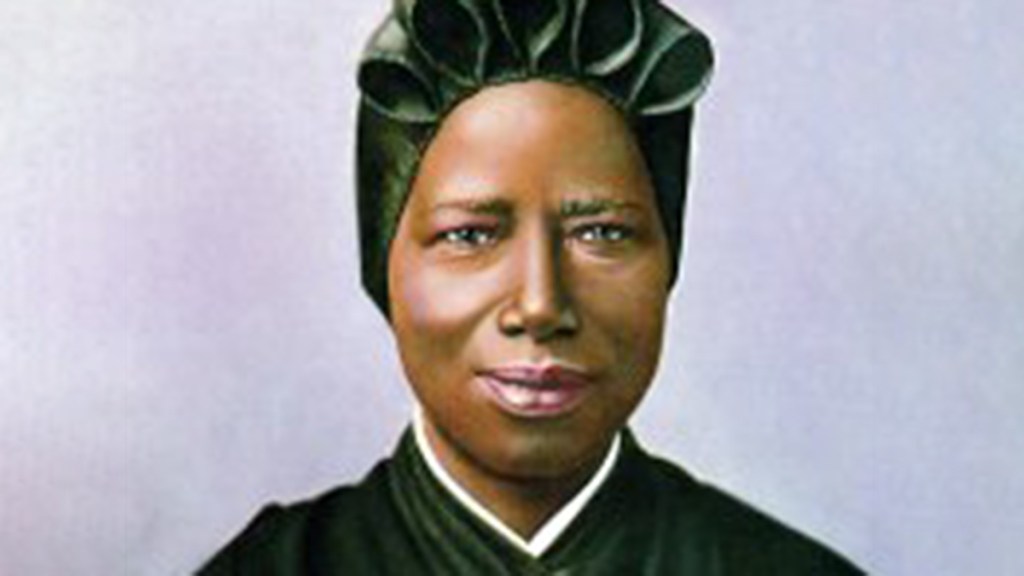
Josephine Bakhita was a native of Sudan. At the age of 7, she was kidnapped and forced into slavery. She passed through the hands of eight masters. She suffered violence and malice, but she herself testified that “as a slave, I never despaired, because I felt a mysterious force sustaining me.” After arriving in Italy, she became a Christian, and then a nun.
Josephine was transformed by Christ’s words, “Father, forgive them; for they know not what they are doing” (Lk 23:34), with which she forgave her oppressors. Her very life has become an “existential parable of forgiveness,” said the Holy Father. She became a witness to the transforming power of Christ’s forgiveness, which “made her a free, joyful woman, capable of loving.” Forgiveness made her peaceful and a peacemaker. She shows us the way to overcome our conflicts and grudges, and find peace once again.
In partnership with the Pontifical Mission Societies
